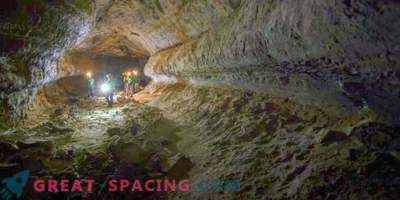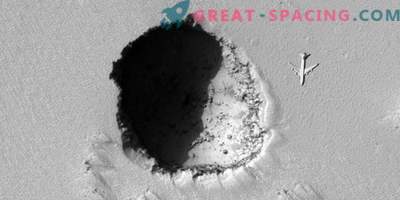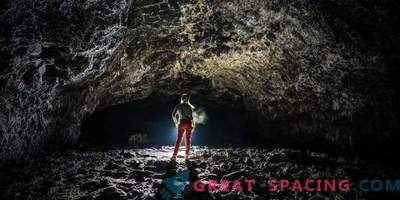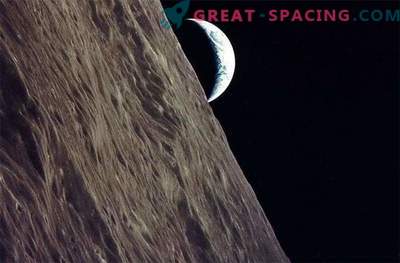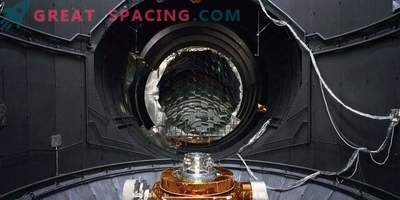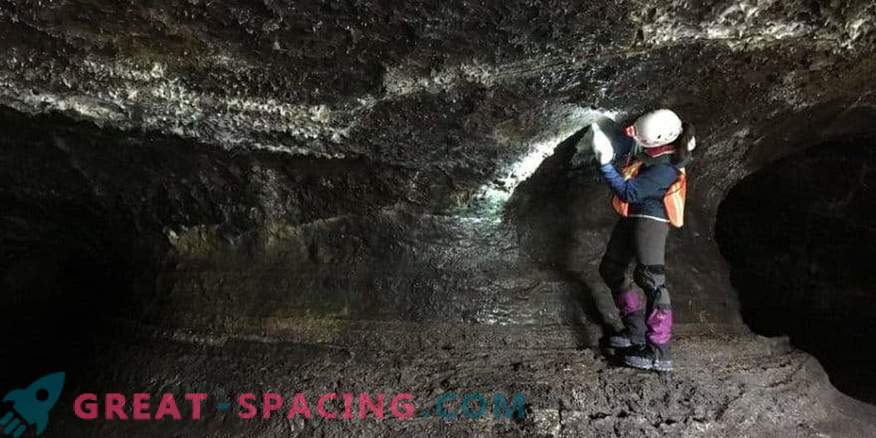
It seems to us difficult to step onto the surface of another world, but the situation becomes even more difficult if you decide to penetrate the surface, relying on the safety of an unknown structure. But this is exactly what mankind plans to do if it is going to colonize the Moon and Mars. The fact is that being under the surface will protect them from radiation influence better than any terrestrial technology.
That is why, in early September, a group of scientists went to practice at the California State Lava Reserve to see what the situation might be like future colonists. The study of lava tubes is an important process for future alien intelligence. Tubes differ in size, shape, appearance of entrances and other parameters. That is, you will never enter two identical pipes.
Separate lava tubes were created after the eruption of a shield volcano in the period 10,000-65,000 years ago, although throughout the world, volcanoes form similar features. Tubes appear around lava rivers, as the edges of the stream cool faster than the center. After completion of the eruption, the outer shell freezes in the form of a tube capable of stretching for miles. Thousands of years pass, the upper surface falls, exposing the entrance.
Lava areas cover about 800 cave entrances, and in some tunnels there are several entrances. Some seem gigantic, while others make you crawl on all fours. Exactly the same process was present on the Moon and Mars, before they lost their volcanic activity. If people want to linger in these worlds, then they will have to think about mastering these lava tubes and using them as a safe haven. Staying under the surface can be the most effective protection against radiation. Moreover, the settlement in the lava tubes is much easier to perform than to rebuild new premises from scratch on the surface. Earth lava tubes are excellent practice for studying their structure.
Scientists spent about a week in lava tubes, returning here a second time. They tested three types of portable technology, assessing whether future space research could display these formations from the surface. The list of tools listed radar, magnetometer and gravimeter. They all worked perfectly in terrestrial conditions.
On the Moon and Mars, this set of instruments will make it possible to understand which tunnel entrances lead to dead ends and which ones tear off vast subsurface spaces that can become residential areas. They can also display hazards, such as weak supports and structural instabilities.
